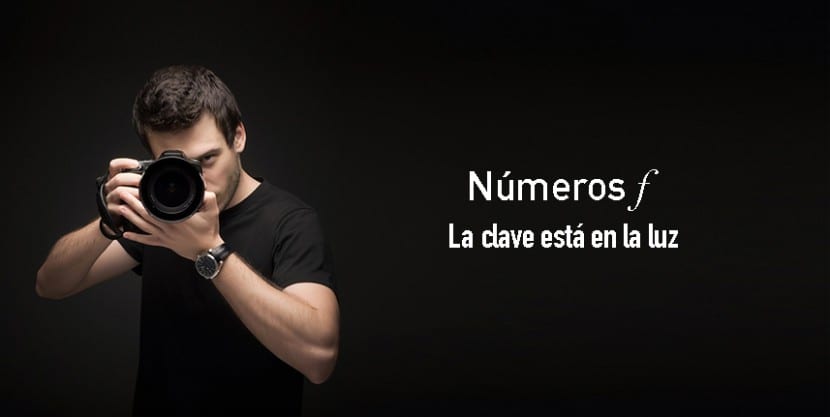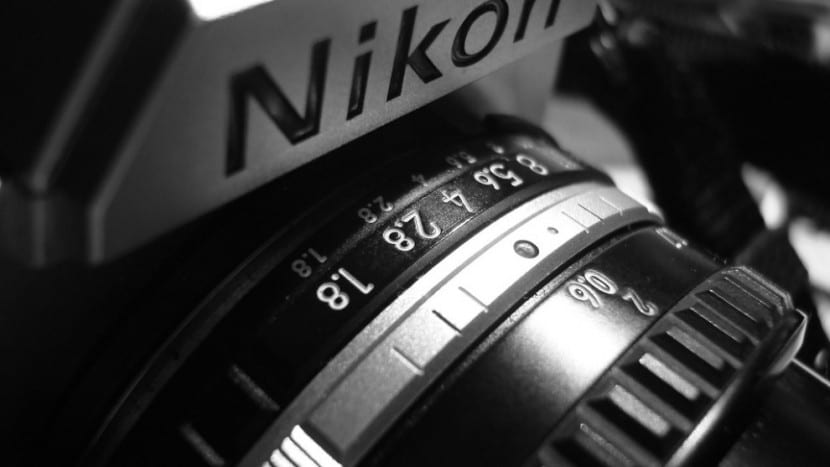
Light is the number one and indisputable factor in the photographic capture process, so learning to manipulate, regulate and control it is one of the first things we must learn to do. Thanks to the development of more complex and accessible systems we can manipulate the light and adapt it to our needs without much effort and this is where the F numbers come in.
I'm sure you've heard that more than once about f-stops or have you wondered what is the logic or the link that exists between the numerical values that appear on the lenses of your camera. It is really something very simple and that refers to the control or manipulation of the light with which our machine works. I recommend you take a look at this article and others about photography that we have on our blog because they will help you a lot to understand the operation of your camera and its internal system (you can use the search engine that appears in the upper right area). In any case if you have any questions you can always write me a comment.
So… what do these numbers mean?
We know that the diaphragm is the element in charge of controlling the amount of light that penetrates our machine, the higher its aperture level, the more light can fall into the interior of our camera and therefore a greater amount of information and nuances will be transmitted through light waves. We could simplify that the F numbers are the representation or the system used to measure that level of opening of our diaphragm.
The first phase of the process is the entry of light into the device, however depending on the mode of our system, the next step will be either the electronic sensor or the physical film directly. If we are working in digital mode, the light will be quantified and measured by the sensor, however if we work with an analog system (much less common lately), this information will be analyzed by the film which, depending on its sensitivity level, will capture more or less information. .

What does an F-Stop step mean?
As we have already said, we can vary the opening width of the hole through which the light filters (our diaphragm). On many occasions we need to reduce this space and through the F numbers we will reduce (or rather sampling) the amount of light. To reduce the amount of light by half we must make the area be reduced by half and this is synonymous with making a step or a reduction of an F number. This means that we can follow the reverse process, that is, increase the diameter or the area through which the light is filtered twice what is called an increment of a full stop. We can repeat this process until we reach the maximum opening of our objective, which is known as the zero stop. Of course, this has its foundations and logical-mathematical reasoning behind it, but I understand that for now it is not necessary to influence them since it can complicate things more than necessary and unnecessarily. It will simply remind you that to reduce the area of a circle or circumference in half, we need to divide the diameter by the square root of 2 = 1.41421356.
Then I leave you with the value of each of the F numbers and the stop or step that each of them represent:
stop 0 = f / 1.00000
stop 1 = f / 1.41421
stop 2 = f / 2.00000
stop 3 = f / 2.82842
stop 4 = f / 4.00000
stop 5 = f / 5.65685
stop 6 = f / 8.00000
stop 7 = f / 11.31370
stop 8 = f / 16.00000
stop 9 = f / 22.62741
stop 10 = f / 32.00000
Generally, the vast majority of cameras offer us the possibility of opening and closing our diaphragms following steps or through jumps of 1/3 or 1/2, this means that they allow us to adjust the amount of light that enters our lens with a margin that goes between half and double or something less than half in this second case changes will occur in a more gradual way and with softer nuances (steps).
It is important that you take into account ...
- The F numbers are indicators of the size of the space that our diaphragm creates and thus regulates the amount of light that enters.
- We must know that when we see a representation with a number uppercase f (F) or lowercase (f) we are talking about systems of different representations. When we find a lower F number, this indicator warns us that the aperture is larger and therefore a greater amount of light enters; However, when we see an uppercase F number, it is warning us to the contrary and that is that it means a larger opening, so we are working with a smaller amount of light. For example: Raising a full stop to a higher F cuts the amount of light in half. Lowering a full stop to a lower F doubles the amount of light.
- If your camera model works with a system divided into 1/3 steps, we will have to take three jumps to achieve a full aperture or a full step. If, on the other hand, you work with jumps of 1/2 we will have to take two jumps to make a complete step.
It is very interesting though. Without questioning the target that the article points to, light problems and others are improved more than correctly using any professional photo editing program, as long as the image has good resolution. Regards! Juan Dal